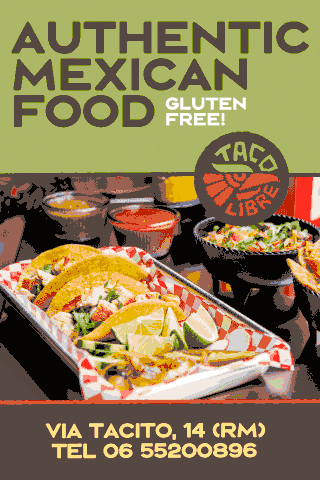Carbonara recipe first published in Italy in 1954.
Carbonara, one of the signature dishes of Roman cuisine, will be celebrated in Italy and around the world with the annual Carbonara Day on Sunday 6 April.
There will be a marathon of carbonara-themed events to mark the ninth edition of the special day which can be followed with the #CarbonaraDay hashtag.
Carbonara Day also represents a good excuse to visit your favourite trattoria for a bowl of the much-loved Roman dish made with five key ingredients: pasta, guanciale, pecorino, egg, pepper.
Organised by the Italian Food Union and the International Pasta Organisation since 2017, Carbonara Day features a series of online culinary events, with the chance to follow the carbonara recipes of top chefs live from your own kitchen.
Over the last eight years the annual celebration has become the world's largest "spaghetti social", with more than a million social media posts containing the #Carbonara hashtag last year.
The 2025 event can be followed on social media from midday on 6 April when carbonara fans will start posting live video recipes and sharing their opinions, photos and tips.
Carbonara origins
But what are the origins of the classic dish which can be found in Italian restaurants all over the world? The answer is slightly hazy.
To some, the name suggests a connection to the coal-workers, or carbonari, of the Lazio and Abruzzo regions, with the black pepper used to season the dish thought to resemble coal dust.
This would indicate that the carbonara was first created in the mid-19th century.
However another theory suggests that the dish arrived in Rome during world war two when American troops brought their army rations of bacon and eggs to the Italian capital.
Carbonara timeline
1952: A carbonara recipe is published, not in Italy, but in a Chicago food guide. The author Patricia Bronte writes about the carbonara at Armando's, an Italian-owned restaurant, made with “tagliarini (thin wide noodles), mezzina (italian bacon) e Parmesan cheese”. The same year, Corriere della Sera reports that Hollywood star Gregory Peck, in Anzio during the filming of Roman Holiday, is enamoured with the dish.
1954: La Cucina Italiana magazine publishes a recipe for Spaghetti alla carbonara, with garlic, Gruyère cheese and pancetta. The recipe is picked up by The New York Times and promoted by the Italian tourism board.
1960: Luigi Carnacina consecrates carbonara in his culinary bible La grande cucina, for the first time introducing guanciale instead of pancetta, as well as cream (today considered a major no-no by carbonara purists).
1966: The classic recipe as we know it today is published in Il grande libro di cucina by Carlo Santi and Rosino Brera.
Carbonara controversies
The article also cited the noted food historian Luca Cesari, author of A Brief History of Pasta, who claimed that carbonara is “an American dish born in Italy”.
Internationally there is an ever-increasing amount of variations to the classic dish, to the consternation of Italians who insist that any deviation from the original recipe means it simply cannot be called carbonara.
In 2020 Romans reeled in horror at celebrity chef Gordon Ramsay's "nightmare carbonara" while in 2021 The New York Times caused upset in Italy with its Smoky Tomato Carbonara recipe.
In 2023 the Italian government launched a bid to have Italy's cuisine inserted on the UNESCO list of intangible cultural heritage.
Some of Rome's best "carbonara restaurants" include Flavio al Velavevodetto in Testaccio, Armando al Pantheon in the historic centre, Tanto Pè Magnà in Garbatella, Da Enzo al 29 in Trastevere, Da Danilo in the Esquilino quarter, and Eggs in Trastevere.
Meanwhile for those seeking to create their own perfect carbonara at home, here is our recipe in English.

















